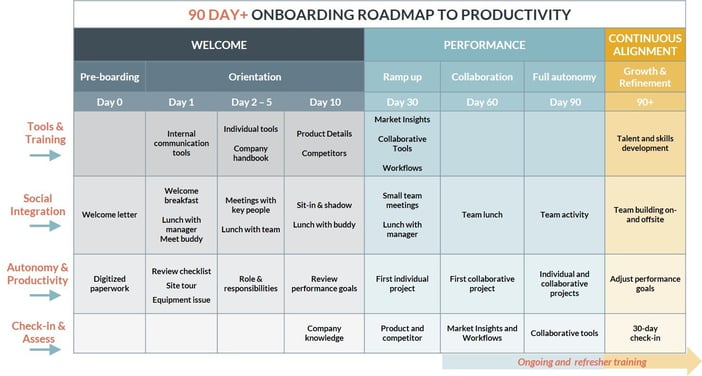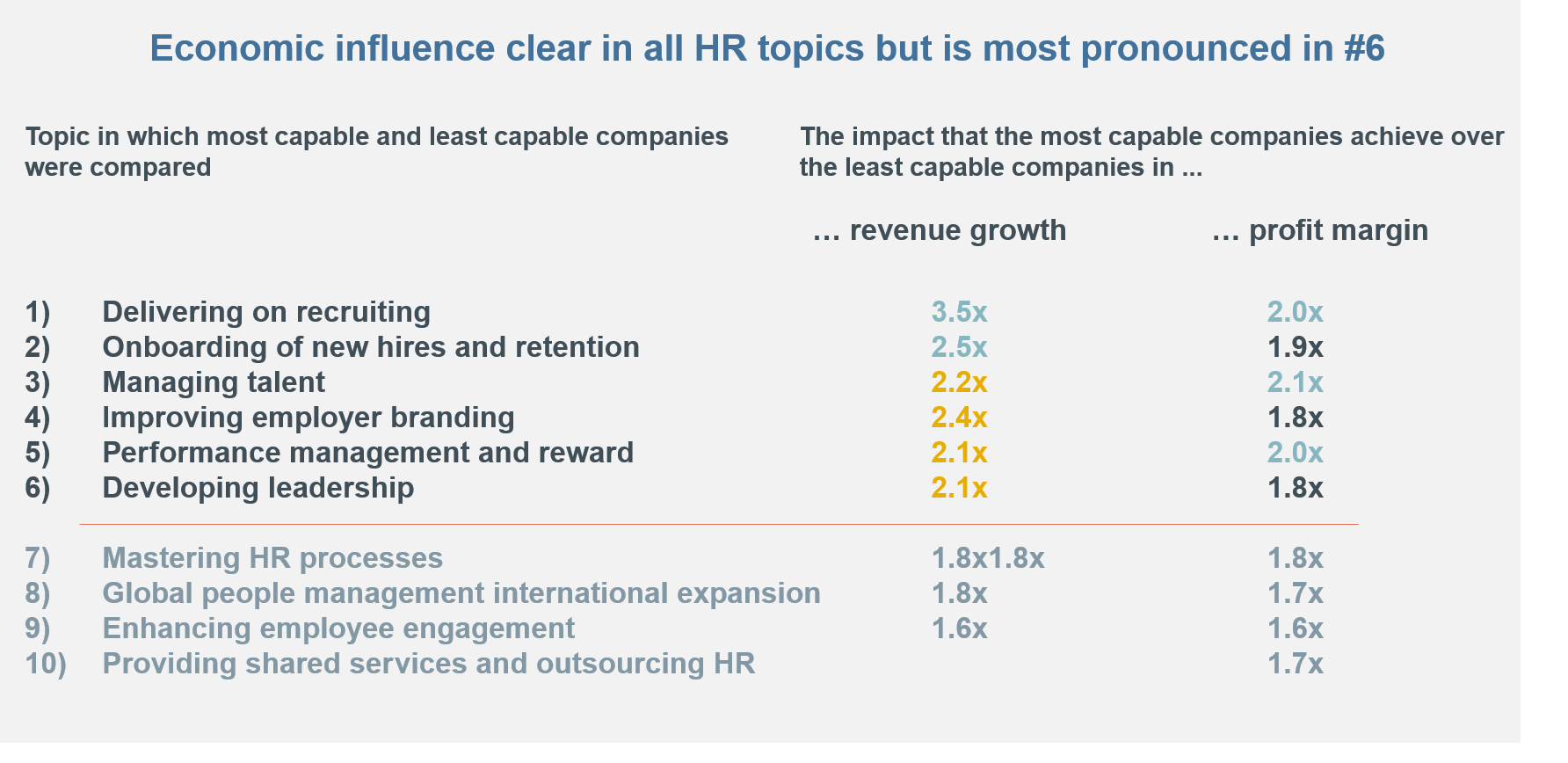New hires are excited about starting a new job. Once they've said yes to a job offer, they look forward to hitting the ground running to show their value as an employee.
Their immediate goal is to become a productive member of the team.To get there, they need to fit in and understand how to get things done in this new environment. To be effective, this process must be planned and timely. This ramp-up period is is the new hire onboarding process. While the only goal of any organization is to get a new hire ramped-up quickly, the reality is that it takes up to eight months for a newly hired employee to reach full productivity.
While the only goal of any organization is to get a new hire ramped-up quickly, the reality is that it takes up to eight months for a newly hired employee to reach full productivity.
This is where onboarding done right can get as many as 77% of new hires to hit their first performance milestone with formal onboarding training.
So how can onboarding shorten the time to get to the cost-benefit expected of your new hire?
More than 41% of new hires report wanting onboarding to last more than one week. Of the companies with onboarding programs, employees in the longest onboarding programs gain full proficiency 34% faster than in the shortest programs, that's a difference of 4 months.
Training toward employee productivity
Defining performance goals and company training are the source of employee autonomy. Onboarding best practices structure 30-day milestones in, at minimum, a 90-day formal process.
Over the course of the 90 days, provide refresher training in bite-size pieces to keep the new hire focused on integrating while promoting memory retention.
Aside from fitting well into a calendar, 30-day goals allow the new hire to gain optimal understanding of the company, workflows, tools and build relationships to reach performance goals.
- Day 0: Preboarding
- Day 1-10: Orientation
- Day 30: Ramp-up
- Day 60: Collaboration
- Day 90: Full autonomy
 Higher performance for business
Higher performance for business
The benefits of an onboarding process go beyond familiarizing the new hires with the workplace culture. It also helps reach productivity faster in their new environment.
Organizations with a standard onboarding process experience 50% greater new hire productivity, and it doesn’t stop there. The cost-benefit of an onboarding system goes further than the 90-day process.
Effective onboarding programs can improve employee performance by 11.5%.
It takes time to see true productivity, however, the resources dedicated to building employees' capabilities pay off in the long run. A Boston Consulting Group study reveals the positive impact of HR investments on revenue growth and profit margins.
Source: BCG
Employee Retention
Retaining the right employee is as important as finding the perfect candidate in the first place. This is because the estimated organizational cost of employee turnover ranges from 100% to 300% of the replaced employee’s salary. For some small companies or startups, that can be detrimental.
Onboarding can be a big part of retaining established employees. Roughly 69% of employees are more likely to stay with a company for three years if they experienced great onboarding. The right candidate for the job description may be hired, but if he or she feels disconnected in the workplace due to poor integration, it could cost more than just having an open position again.
“Employees who believe that management is concerned about them as a whole person—not just an employee—are more productive, more satisfied, more fulfilled. Satisfied employees mean satisfied customers, which leads to profitability.” – Anne M. Mulcahy, former CEO of Xerox
Any new employee will take time to get comfortable with their new environment. Proper onboarding with training, social integration and tools give new hires the support and direction they need to stay on track.
Don’t let your new employees fail from lack of leadership, improperly set goals, and a rocky onboarding process. With a good onboarding program, your new hires will be set up to perform in less time getting the ROI on the new hire you spent so much resources on to bring on board.





.jpg)



